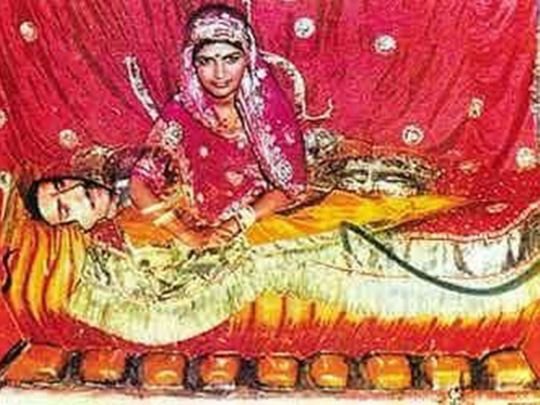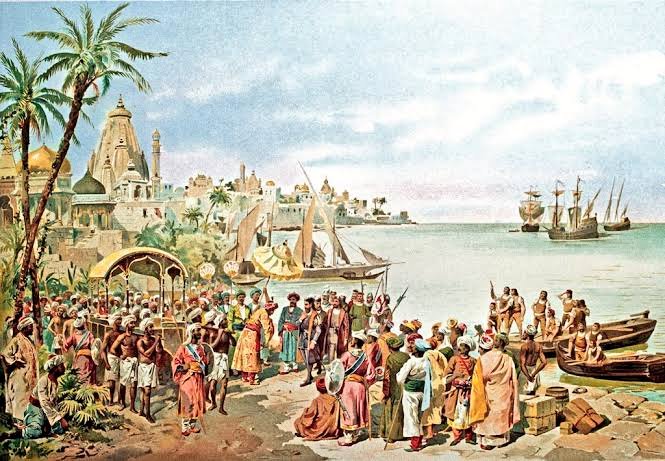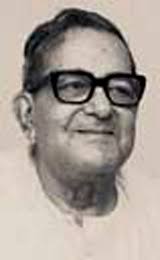The Last known case of Sati in India.
(A Thread)
34 years ago Roop Kanwar’s Sati forced Rajasthan to rewrite laws. She sat on her husband’s funeral pyre & was burnt to death at Deorala village in Sikar district.
18-year-old Roop Kanwar remains India’s last known case of Sati.
(A Thread)
34 years ago Roop Kanwar’s Sati forced Rajasthan to rewrite laws. She sat on her husband’s funeral pyre & was burnt to death at Deorala village in Sikar district.
18-year-old Roop Kanwar remains India’s last known case of Sati.

Sati was an ancient practice among Hindu communities in India, in which a recently widowed woman, either voluntarily or by force, immolated herself on her deceased husband's pyre. 

In December 1829, the Bengal Sati Regulation banning the Sati Pratha (practice) in all jurisdictions of British India was passed by the then Governor-General Lord William Bentinck.
But, this did not stop the practice.
But, this did not stop the practice.

Thirty-two people charged with abetment to suicide in the case of Roopkanwar were acquitted in 1996 but nine people charged with glorification of the act are still facing trial in a Jaipur special court. 

We will always wondered about the truth behind Roop Kanwar's sati story. but villagers have no doubt that it was an act of true love. 

Roop Kanwar recited the Gayathri Mantra dressed up in solah sringaar while thousands of villagers from Divrala and neighbouring villages participated, and then did Sati. Folklore goes that her hair or clothes didn’t burn at first, and that she didn’t let out a single scream. 

With almost every retelling of the Roop story adding to the “devi” legend, there are as many versions of the “exact moment” when Roop Kanwar became a goddess. 

• • •
Missing some Tweet in this thread? You can try to
force a refresh























